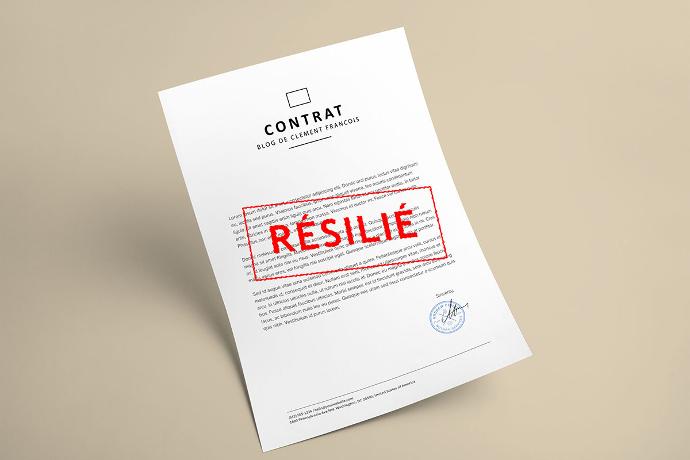On June 1, 2023 at the latest, article 15 of the law n° 2022-1158 of August 16, 2022 will come into force concerning emergency measures to protect purchasing power (1). This law stipulates:

In other words, it must be possible to terminate any contract concluded on the Internet by means of a free function allowing this to be done electronically. This obligation also applies to contracts concluded by consumers at the point of sale if, on the day of the cancellation request, the professional also offers the subscription of the same contract online.
What are the impacts for companies offering subscription or recurring contracts?
A technical and organizational impact
The implementation of this functionality implies the provision of a cancellation function on the website or the front-end. It also requires confirming that the termination is effective, implying an automation of the process. Many management and billing solutions for recurring services or subscription contracts do not have cancellation functionalities and beyond that, automatic contract modifications from the front office (website, POS,...),...
Not all solutions manage the different customer interactions in the life cycle of a contract.
An impact on businesses
One of the biggest challenges for companies that market on a subscription basis is the ability to not lose customers at the payment stage.
According to GoCardless "30% of all churn is related to payment failures, over 11% of failed payments turn into churn and 10-15% of failed payments become bad debt."
With this new law, it's a safe bet that churn will increase especially since it's easy to terminate. So why mix up voluntary and involuntary termination on payment incident?
Because basically, it would never occur to you to cancel a service that you appreciate, that you feel you are paying the right price for and for which you would not let a payment incident deprive you of its benefits.
In conclusion, if your service is a must-have, the cancellation button will not be a threat any more than the payment incident.
If, on the other hand, your service can be put in the balance because of a cancellation button, think about the pricing of the latter and the possibility of switching to variable pricing.
